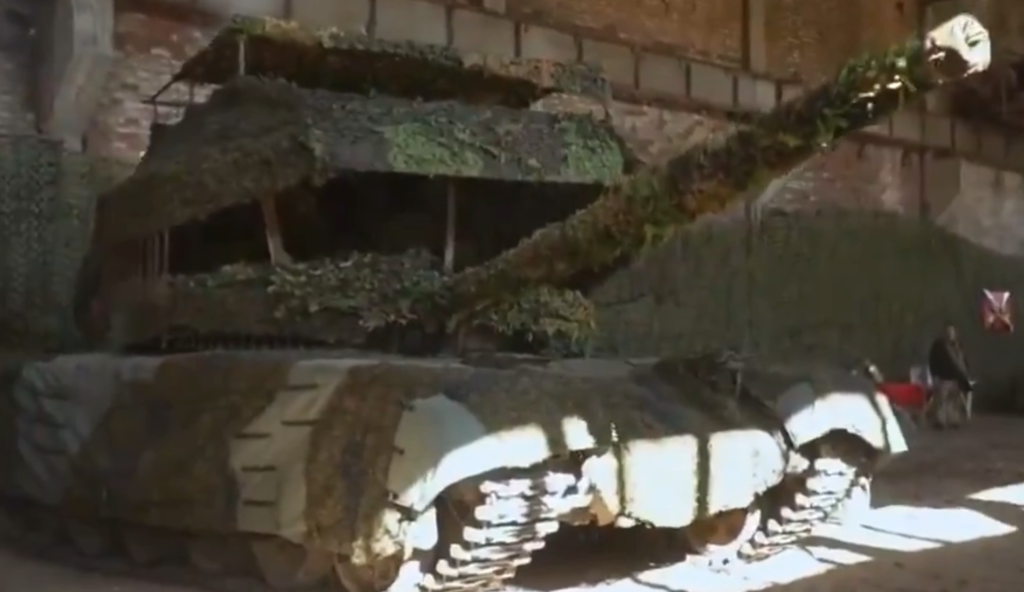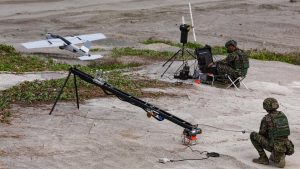The Soviet Union experimented with radio-controlled tanks, or “teletanks,” back in the 1930s.
Others are reading now
A new video has surfaced online showing a Russian experiment involving a remotely controlled T-72 tank, likely equipped with a mine-clearing plow to serve as the spearhead of attacks.
Inspired by Old Experiments
In Ukraine’s heavily mined battlefields, such vehicles are essential for clearing safe paths, making any offensive operation highly reliant on them.
Specialized vehicles for mine-clearing are limited in number, and tanks fitted with plows can fulfill this role effectively. However, due to their crucial role, these machines are top targets for opposing forces and have a notoriously short lifespan on the battlefield, according to WP.
For Russian tanks, a single hit that penetrates can result in a massive explosion, underscoring the high risk to their crews.
Also read
This context has driven Russian units to find alternative methods to increase survival rates, one of which is the revival of remote-controlled tank technology. This idea isn’t new; the Soviet Union experimented with radio-controlled tanks, or “teletanks,” back in the 1930s.
A Modernized Version
The newly developed remote T-72 could be seen as a modernized version, capable of movement, firing, and turret rotation, which adds flexibility to its role.
The T-72’s robotic adaptation fits into a broader trend seen globally as militaries repurpose older hardware for automation experiments. For instance, the United States uses outdated M113 armored personnel carriers for similar robotic initiatives.
Russia’s remote T-72 design reportedly allows for both driving and firing of the main gun, utilizing an automatic loading system that accommodates up to 22 rounds. Additionally, the tank can adjust its aim, likely with laser range-finding capabilities, although its firing capacity remains limited to the rounds preloaded into the autoloader.
Communication between the tank and its control station reportedly relies on radio links enhanced by drones acting as signal relays. According to Russian sources, this setup could theoretically extend the control range up to 100 kilometers.








